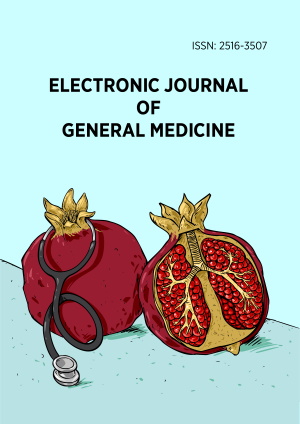Abstract
Background: Identifying high-risk patients for intensive care unit (ICU) admission after intra-abdominal surgery is crucial, especially in resource-limited settings. This study evaluates the predictive accuracy of the surgical apgar score combined with ASA classification (SASA) for ICU admission within 48 hours.
Methods: A retrospective cohort of 242 patients (24 ICU admissions, 9.9%) was analyzed, with a mean age of 58.25 years (standard deviation = 15.41) and 137 males (56.6%). The performance of SAS and SASA was assessed using ROC curve and calibration analysis.
Results: SASA outperformed SAS (area under the receiver operating characteristic [auROC]: 0.9483 vs. 0.8772). An optimal SASA cutoff score of 13 provided 83.33% sensitivity and 94.95% specificity for ICU admission. ASA classification, open abdominal surgery, operative duration, hemodynamic instability, and blood loss were significant ICU predictors (p < 0.001).
Conclusion: SASA demonstrates superior predictive accuracy for ICU admission and enhances perioperative risk stratification. Prospective studies are recommended to validate its role in predicting morbidity and mortality.
License
This is an open access article distributed under the Creative Commons Attribution License which permits unrestricted use, distribution, and reproduction in any medium, provided the original work is properly cited.
Article Type: Original Article
ELECTRON J GEN MED, Volume 22, Issue 5, October 2025, Article No: em675
https://doi.org/10.29333/ejgm/16621
Publication date: 01 Sep 2025
Online publication date: 16 Jul 2025
Article Views: 2477
Article Downloads: 1688
Open Access References How to cite this article
 Full Text (PDF)
Full Text (PDF)